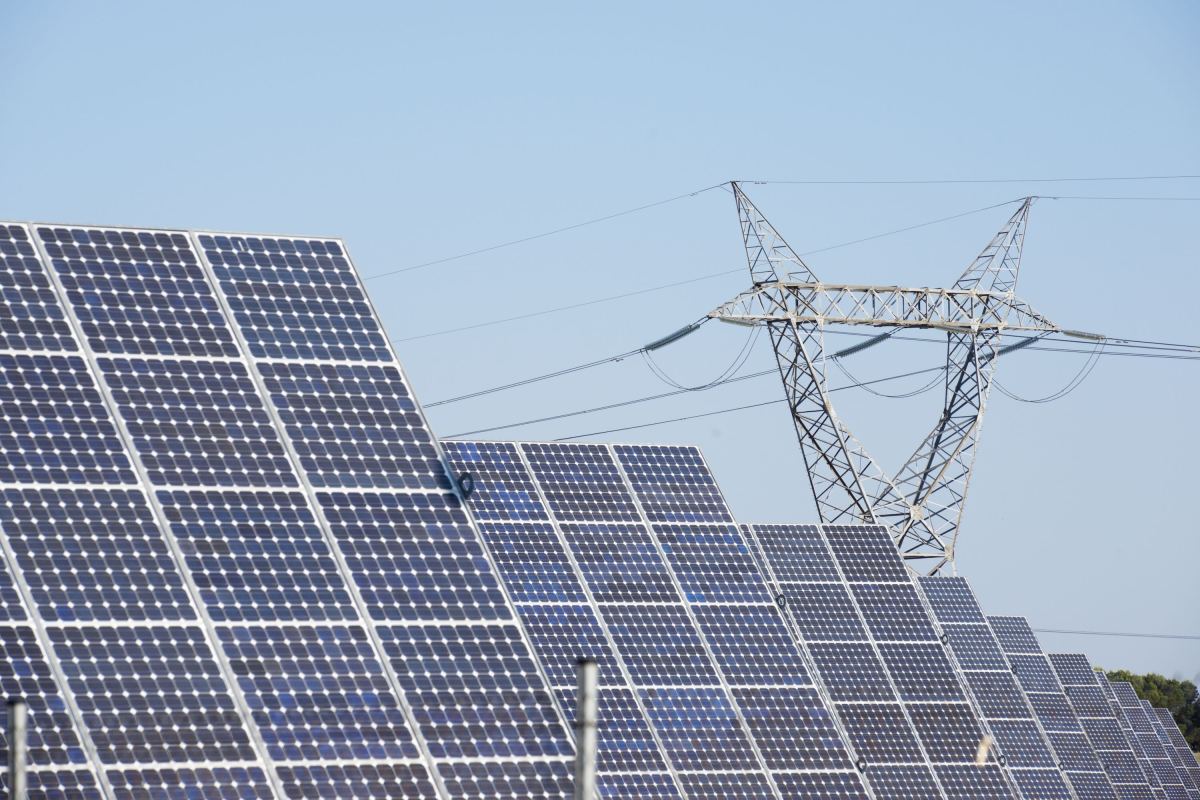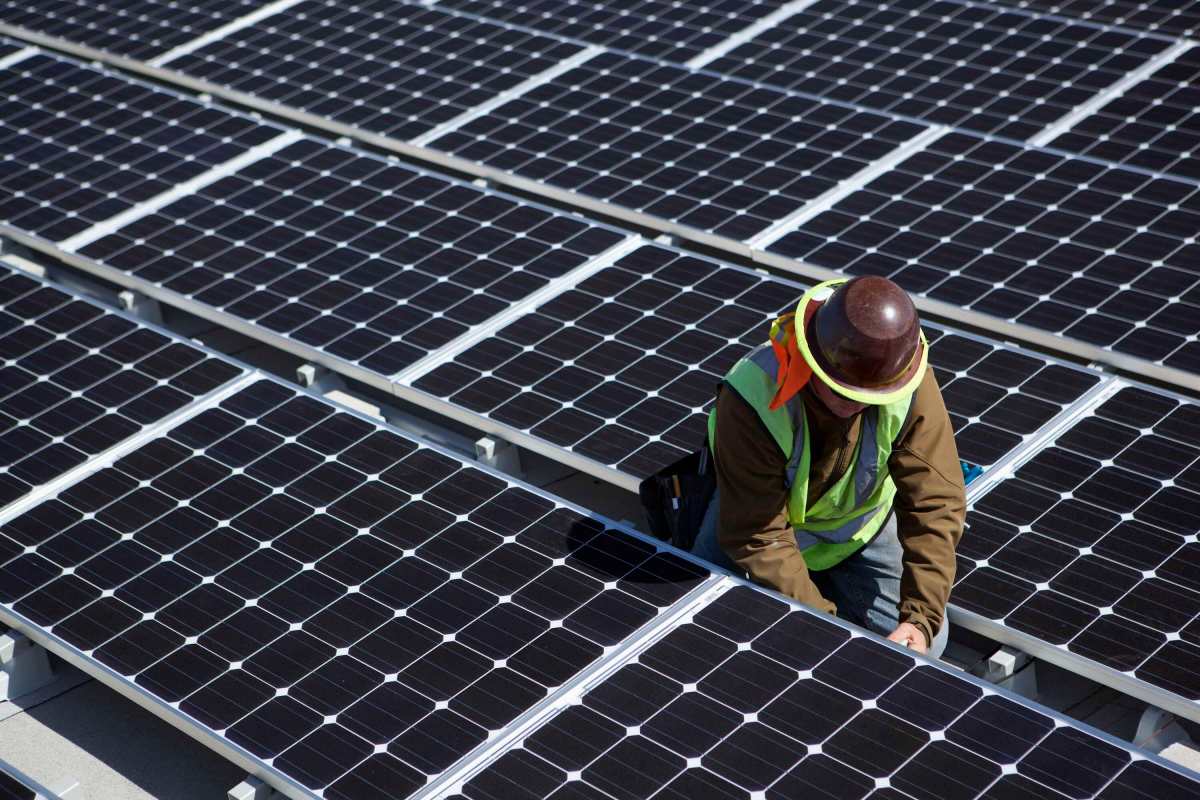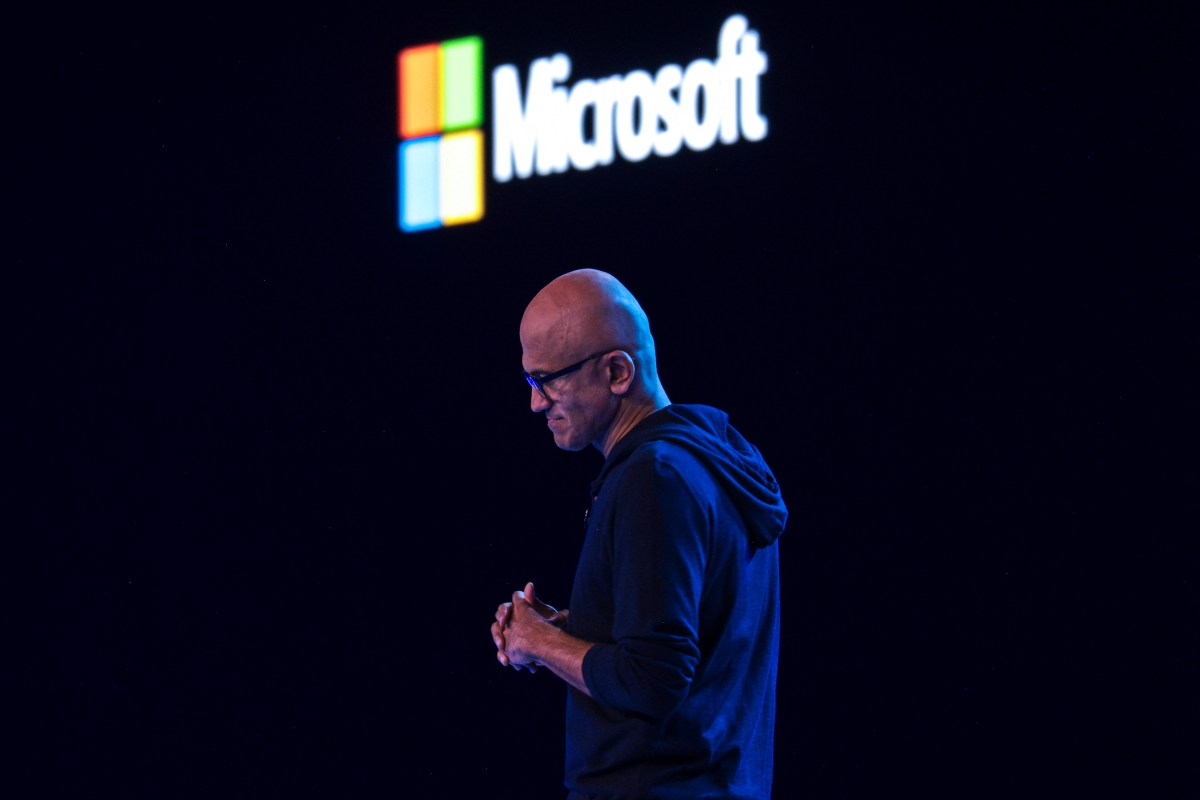
Solar notches another win as Microsoft adds 475 MW to power its AI data centers
Sources: https://techcrunch.com/2025/03/20/solar-notches-another-win-as-microsoft-adds-475-mw-to-power-its-ai-data-centers, techcrunch.com
TL;DR
- Microsoft signs a new 475 MW solar deal with AES for three Midwest projects (Illinois, Michigan, Missouri) to power AI data centers.
- The move follows a 389 MW solar agreement in February and complements a renewable portfolio that exceeds 34 GW.
- Tech players favor solar for speed and cost, while storage and hybrid plants are increasingly used to address intermittency.
- Demand for new AI computing power is rising quickly; analysts note solar can be deployed faster than traditional plants, with some projects delivering power in about 18 months.
- The broader renewables push includes large-scale commitments like Brookfield’s 10.5 GW deal anchored by Acadia, highlighting a rapid transition for data-center electricity. These developments underscore solar’s role as a fast, modular option for powering AI infrastructure and the ongoing shift toward paired solar-plus-storage deployments. TechCrunch.
Context and background
Microsoft has built one of the most expansive renewable portfolios among large tech companies, with a reported capacity of over 34 GW. The company’s data centers demand substantial electricity as AI workloads expand, and solar has become an attractive option because it is quick to install, inexpensive, and modular. The ongoing push toward renewable power is driven in part by the speed with which solar projects can come online and begin delivering power to data centers. The transition toward renewables is also complemented by a broader industry trend toward battery storage. While solar and wind alone do not guarantee continuous power supply, pairing them with storage is becoming more common to provide around-the-clock electricity. The article notes that hybrid power plants—including solar-plus-storage—are increasingly approaching the price ranges of new natural gas capacity as costs fall for both solar and battery technology. In the broader market, tech giants have emphasized rapid deployment. The article highlights that up to half of all new AI servers could be underpowered by 2027 if new generation capacity doesn’t come online quickly enough, underscoring why speed matters for renewables and why data-center operators are leaning into solar for immediate electricity needs. The industry has seen large-scale agreements this decade, including a deal Microsoft signed last summer for 10.5 GW of renewable capacity across the U.S. and Europe with Brookfield Asset Management, scheduled to be delivered by 2030.
What’s new
Microsoft’s latest move adds 475 MW of solar capacity through a deal with AES, covering three solar projects located in Illinois, Michigan, and Missouri. These projects augment Microsoft’s existing renewable portfolio and align with its strategy to diversify and accelerate the deployment of clean energy for its AI data centers. In February, Microsoft contracted 389 MW from three solar projects across Illinois and Texas, underscoring a pattern of recurring solar commitments to support growth in computing power. The ongoing push to renewables is part of a broader effort that includes a $9 billion renewable power coalition anchored by Acadia. Together, these initiatives illustrate how large tech companies are leveraging solar to reduce the time to power new data-center and AI capacity while pursuing decarbonization goals.
Why it matters (impact for developers/enterprises)
- Speed to power: Solar projects can begin delivering electricity more quickly than many traditional plants, which is critical as demand for AI computing power grows. The article notes that utility-scale solar can start producing electrons in roughly 18 months, a timeline that can help data-center operators scale rapidly.
- Modularity and cost: Solar is described as modular and relatively inexpensive, making it appealing for large-scale data-center deployments where capital efficiency and scalability matter.
- Storage-enabled reliability: Pairing solar with battery storage is becoming more common to provide around-the-clock power, addressing intermittency and demand peaks for AI workloads.
- Competitive landscape: While nuclear and natural gas projects face longer development timelines and higher costs, renewables—particularly solar, with storage—are increasingly able to compete on price and delivery speed.
- Portfolio scale and signaling: Microsoft’s continued expansion of renewable assets—now well beyond 34 GW—signals a sustained industry shift toward solar-plus-storage configurations for critical infrastructure.
Technical details or Implementation
- Project scope: Three Midwest solar projects in Illinois, Michigan, and Missouri, contracted through AES, adding 475 MW to Microsoft’s renewable portfolio.
- Deployment timeline: Utility-scale solar projects commonly begin delivering power within about 18 months from contractual signing, enabling faster adaptation to AI-era electricity demands. The article notes this speed as a key advantage over new nuclear or gas plants.
- Storage and hybrid considerations: The industry is increasingly adopting battery storage to enable continuous operation, with hybrid solar plants emerging as a feasible option. While hybrids are more expensive than solar or wind alone, their economics are becoming more favorable as costs continue to decline.
- Context of broader deals: Microsoft’s 389 MW February solar contracts (Illinois and Texas) and its broader renewable strategy—including a $9B coalition led by Acadia and a 10.5 GW Brookfield deal to be delivered by 2030—illustrate a multi-pronged approach to securing clean power for AI infrastructure.
- Reliability considerations: The shift toward renewables is accompanied by industry emphasis on ensuring reliability for data centers, where uninterrupted power is essential for AI workloads.
Table: Solar deployment timelines and energy-storage implications
| Topic | Typical Timeline | Notes |---|---|---| | Solar-only deployment | ~18 months to produce electrons | Quicker than many traditional baseload plants |Solar + storage (hybrid) | 18+ months | Storage helps provide around-the-clock power; cost remains a factor but is trending down |Nuclear / natural gas new-builds | Several years | Higher upfront costs and longer development timelines |
Key takeaways
- Microsoft expands its solar capacity with 475 MW via AES for three Midwest projects (Illinois, Michigan, Missouri).
- The new deal builds on February’s 389 MW solar commitment and contributes to a huge, 34+ GW renewable portfolio footprint.
- Solar’s speed and modularity are influential for powering AI data centers, especially when paired with battery storage to ensure reliability.
- Industry trends show a tilt toward solar-plus-storage as costs decline, while traditional baseload options like new nuclear remain comparatively expensive and slower to deploy.
- Large-scale renewable commitments from Microsoft and partners (e.g., Brookfield’s 10.5 GW and Acadia-led coalition) reflect a broader shift in how tech giants source electricity for AI and data-center growth.
FAQ
-
What is the size of the new AES solar deal, and where are the projects located?
The deal adds 475 MW of solar across three Midwest projects in Illinois, Michigan, and Missouri.
-
How does this relate to Microsoft’s existing renewables strategy?
It follows a February 389 MW solar contract and sits within a broader portfolio reportedly exceeding 34 GW, alongside other large-scale renewables commitments.
-
Why is solar favored for powering data centers, according to the article?
Solar is quick to install, inexpensive, and modular, making it a practical fit for meeting immediate electricity needs for growing AI workloads.
-
What role does storage play in these solar deployments?
Pairing solar with battery storage is increasingly common to provide around-the-clock electricity, addressing intermittency and demand variability.
-
What other major renewables initiatives are mentioned?
The article notes a $9 billion renewable power coalition anchored by Acadia and a separate 10.5 GW deal with Brookfield Asset Management, illustrating the scale of corporate renewables activity.
References
More news
How one AI startup helps rice farmers battle climate change
Mitti Labs uses AI to measure methane emissions from flooded rice paddies and partners with The Nature Conservancy to expand regenerative, no-burn farming in India, while tracking carbon credits to support farmers.
Meta to add 100MW of solar power from US gear to back SC AI data center
Meta signs a $100 million, 100 MW solar farm deal with Silicon Ranch in South Carolina to power a planned AI data center, with most equipment made in the U.S. Operations expected in 2027.
Harvard dropouts unveil 'always-on' AI smart glasses that listen, record, and transcribe every conversation
Two former Harvard students claim to be building Halo X, discreet smart glasses with an always-on microphone, real-time transcription, and AI-driven prompts — raising questions about privacy, security, and legality.
Perplexity Accused of Scraping Websites That Explicitly Blocked AI Crawlers, Cloudflare Says
Cloudflare says Perplexity ignored robots blocks, masked its crawler identity, and scraped content from sites that asked AI scrapers not to access them. Perplexity disputes the claim.
Obvio’s AI Stop-Sign Cameras Aim to Cut Dangerous Driving While Limiting Surveillance
Obvio raises $22M in Series A to deploy solar-powered, AI-driven stop-sign cameras that detect serious infractions, process footage on-device, and forward verified violations to municipalities—while enforcing strict data retention and sharing limits.
Breakneck data center growth challenges Microsoft’s sustainability goals
Microsoft’s 2025 sustainability report shows emissions rose 23.4% since 2020 due to rapid data center expansion, with Scope 3 driving the majority of the footprint. The 2030 pledge requires cutting emissions by more than half and scaling carbon removal.





